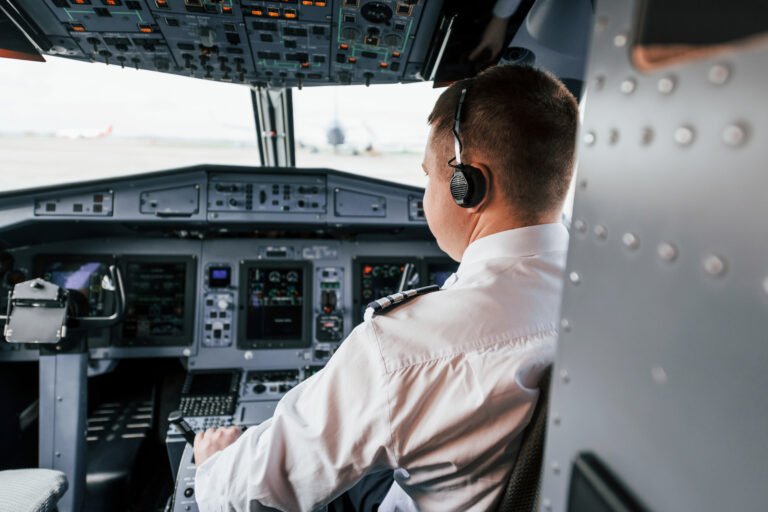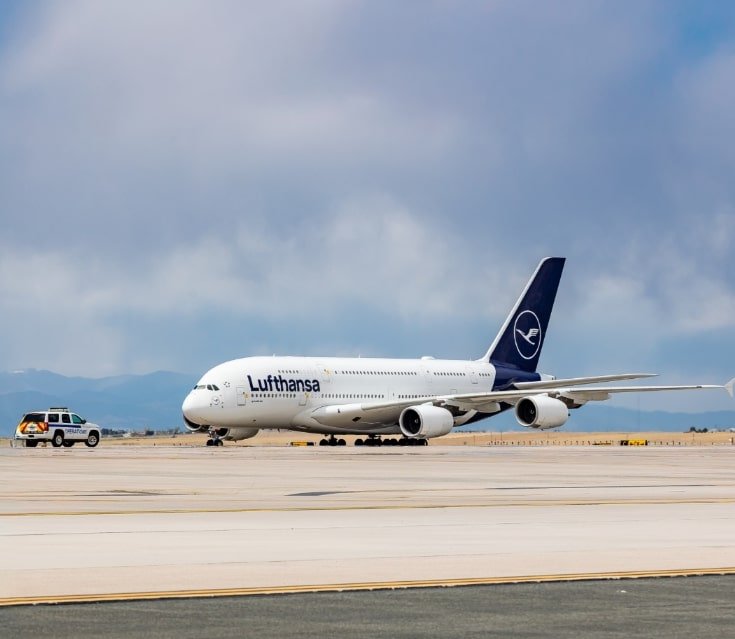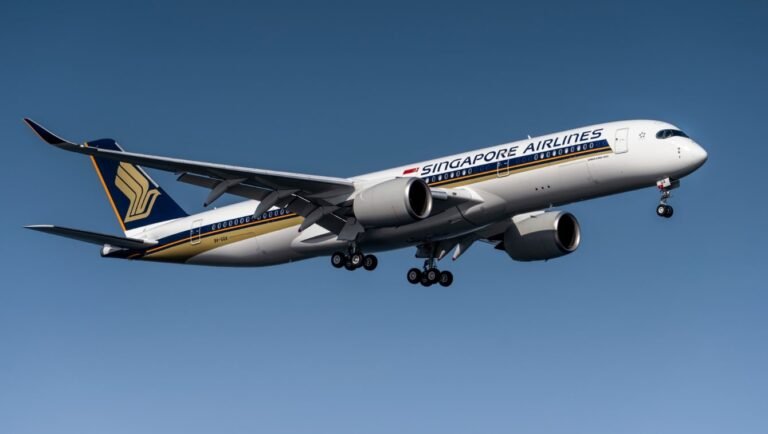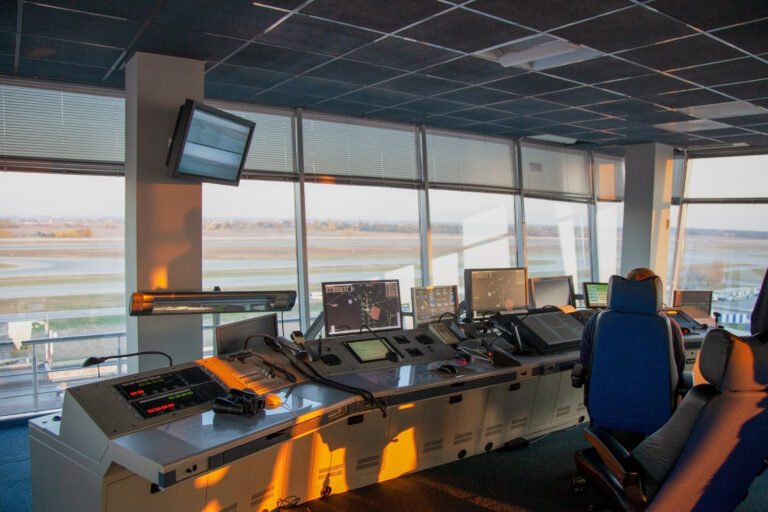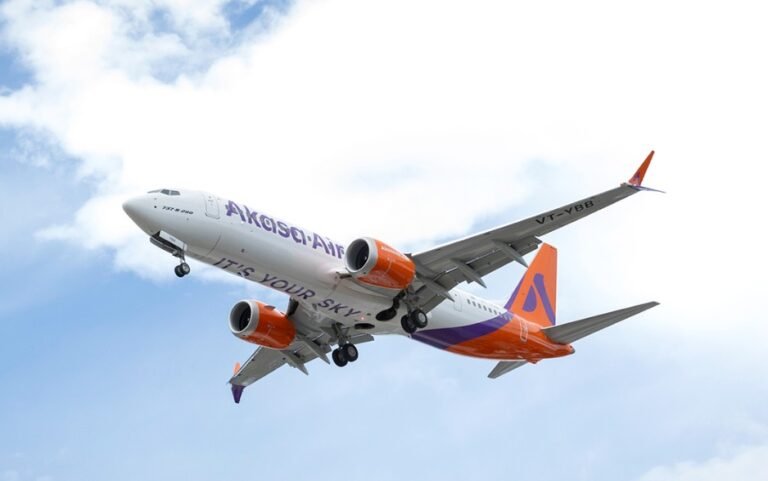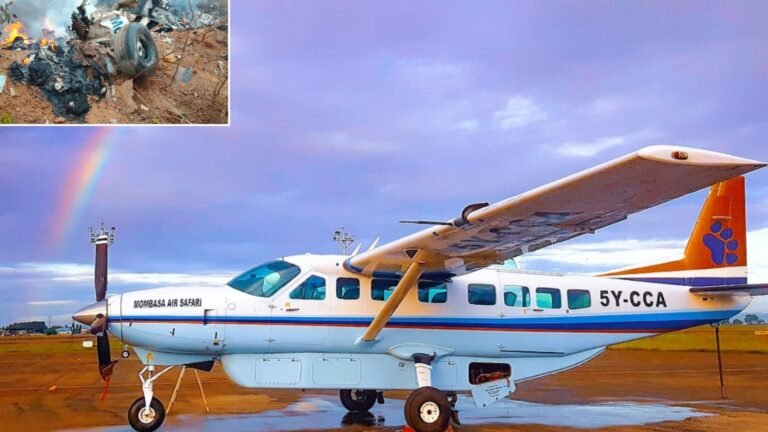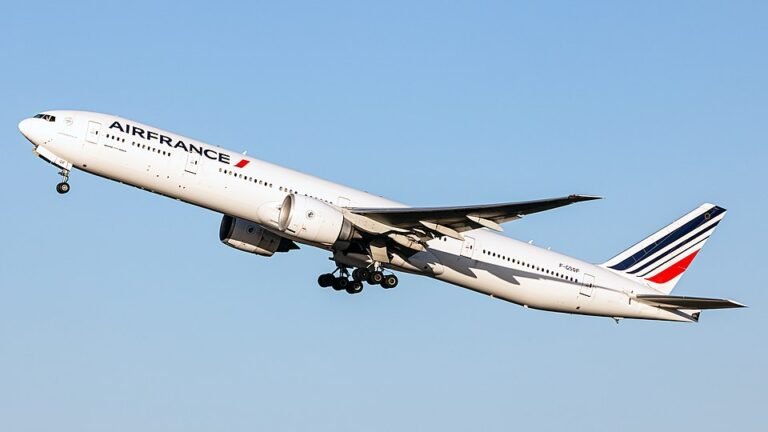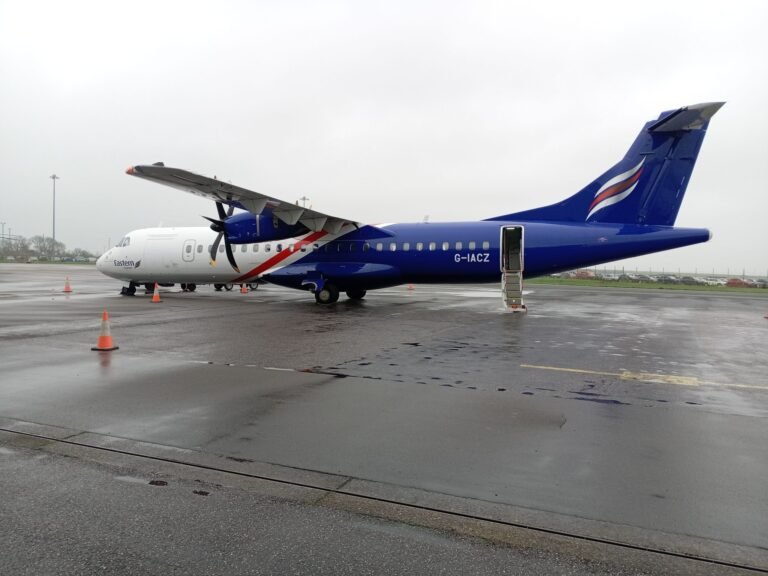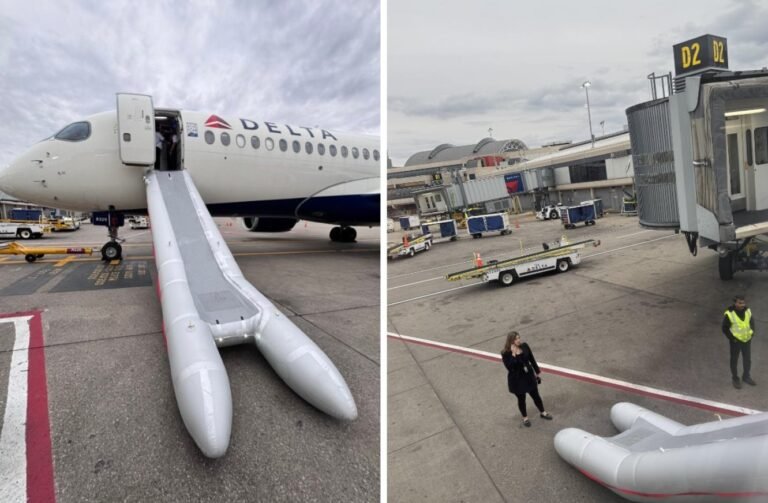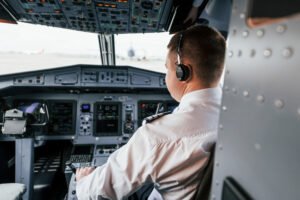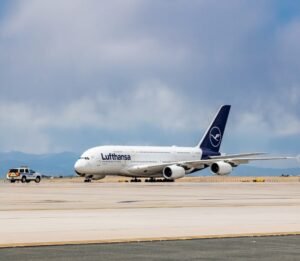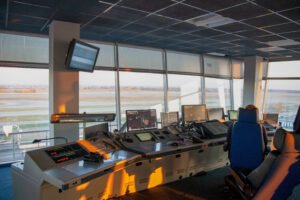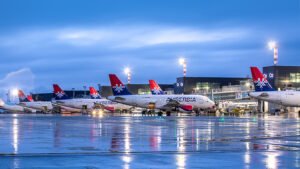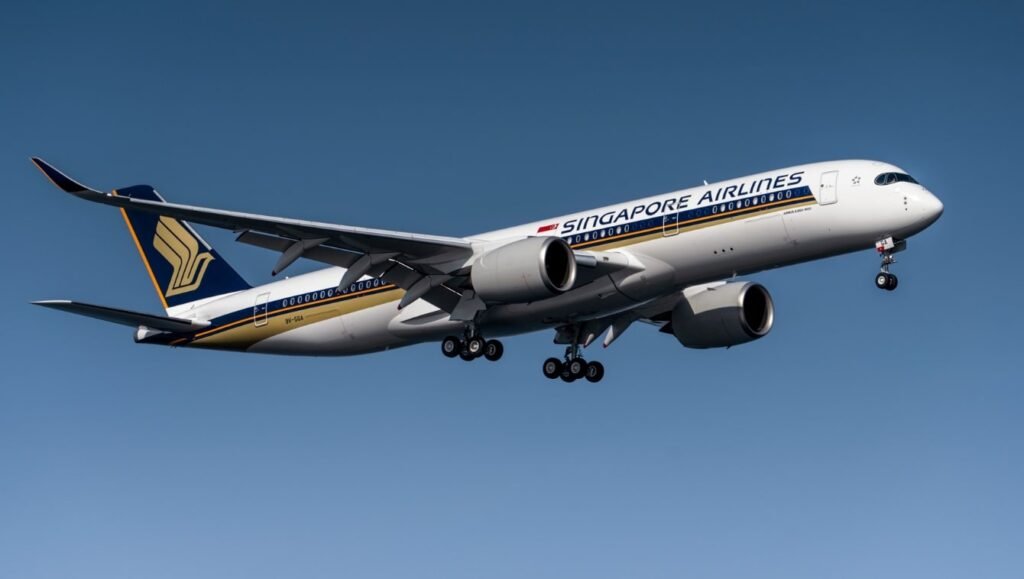
Singapore: The Asia-Pacific region has officially surpassed its pre-pandemic aviation capacity, marking a significant milestone in the industry’s recovery from COVID-19. According to aviation data provider OAG, total seat capacity in the region now stands 0.5% higher than in 2019, driven primarily by robust domestic markets in countries such as India, China, and Indonesia.
Independent aviation analyst Brendan Sobie described the rebound as “delayed but now very strong,” emphasizing that Asia-Pacific’s recovery trailed behind other global markets due to prolonged travel restrictions and uneven reopening policies. However, once borders reopened, pent-up demand for air travel surged, supported by economic resilience and a growing middle-class population.
“The younger population and the expanding middle class are fundamental drivers of aviation growth in this region,” Sobie said. “These demographic factors are creating long-term, sustainable demand for air travel.”
Domestic travel has been the engine behind the region’s growth. Data from OAG shows that China’s domestic capacity is 14% higher than 2019 levels, while India’s domestic seat capacity is up by 13%, reflecting the strength of internal connectivity and economic activity.
Singapore Airlines, Cathay Pacific, and China Eastern are leading the growth in international seat capacity. Singapore Airlines is one of three Asia-Pacific carriers that have exceeded their 2019 international capacity, operating 14.1% more seats than in 2024. The other two are Scoot (+13.8%) and EVA Airways (+4.5%).
The ticket prices across the region have dropped because of rapid capacity growth and tougher competition. Fares on 17 of the 20 fastest-growing routes have fallen by over 20%, with Bangkok–Shanghai (BKK–PVG) seeing the steepest decline of 71% year-on-year.
Even as international capacity continues to recover more gradually, the rapid expansion of domestic networks has allowed airlines to stabilize operations and rebuild financial strength.
The recovery is also being shaped by rapid technological transformation across airlines and airports. In Singapore, Scoot, the low-cost subsidiary of Singapore Airlines, has embraced digital solutions to improve operational efficiency. The airline’s virtual Operations Command Center (OCC), developed in partnership with OutSystems, enables real-time monitoring of flight operations and proactive disruption management.
According to Leonard Tan, Regional Vice President at OutSystems, the system has improved data visibility by 90% and reduced manual processing by 60%, allowing Scoot to respond faster to operational challenges. “By digitizing core operational workflows, airlines can make better decisions, reduce costs, and enhance passenger experience,” Tan explained.
The Asia-Pacific region’s aviation growth is now outpacing global averages, reflecting both market resilience and structural shifts toward efficiency. As emerging economies expand and infrastructure improves, analysts expect further growth in capacity and connectivity across the region.

